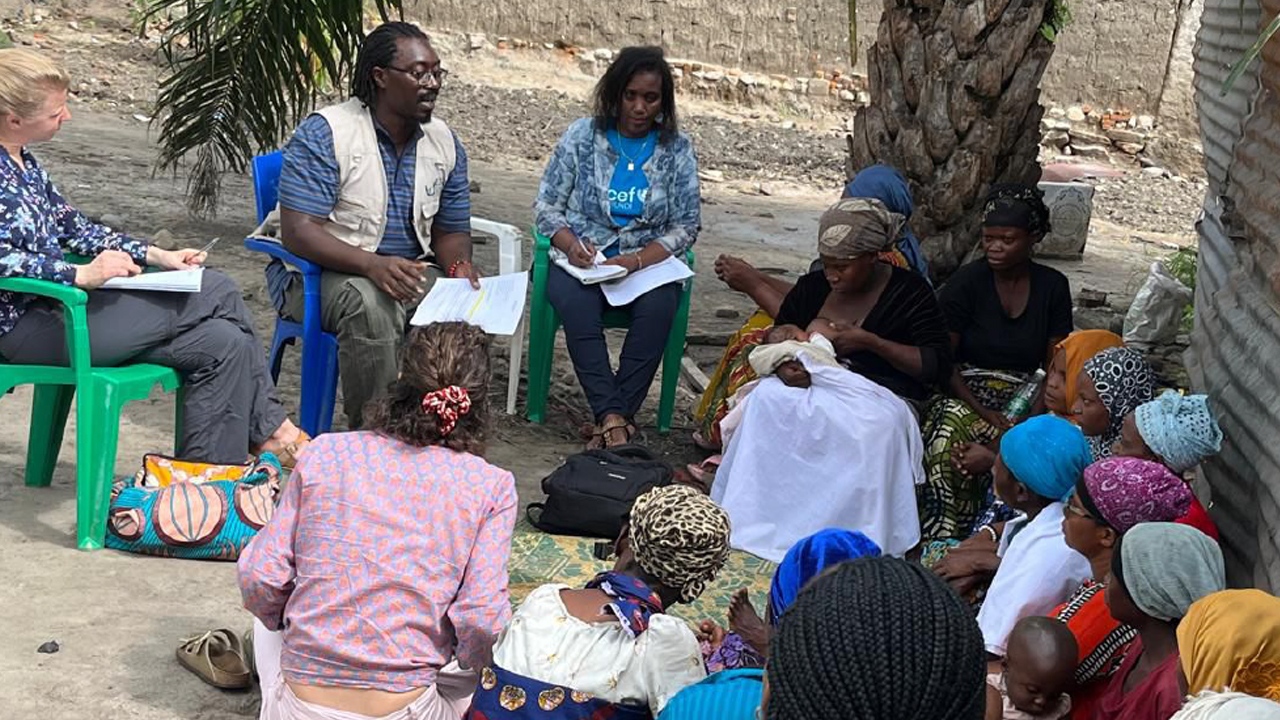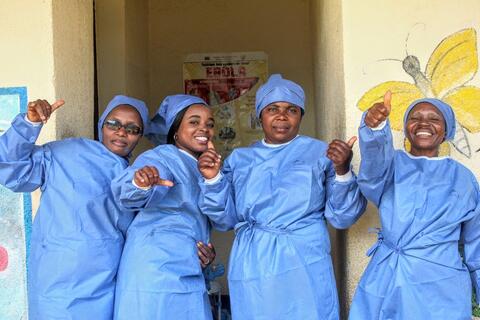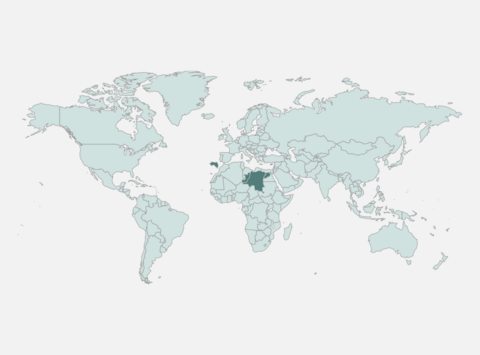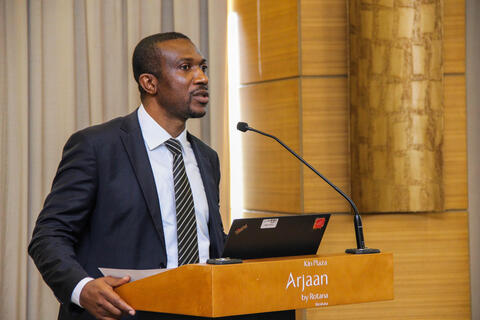On July 25, 2024, Burundi reported its first case of mpox 1 . By December 9th, 2024, the country had documented 2,572 confirmed cases, 5,313 suspected cases, and one death. Confirmed mpox cases are evenly distributed across genders (Male 51.9%; Female 48.1%), with the most affected groups being adults aged 20 to 30 years (30%) and children under 5 years old (21%). Key hotspots included the districts of Bujumbura North (971 cases), Bujumbura Centre (341 cases), and Gitega (302 cases). To date, little data has been gathered on socio-behavioural dynamics that might influence community-level transmission of mpox. To address this, UNICEF, in collaboration with the Ministry of Health and other partners, initiated plans for Rapid Qualitative Assessments (RQAs)2 to start in January 2025. To prepare, a team from Anthrologica currently deployed in Burundi conducted a pre-assessment of social-behavioural dynamics in Bujumbura North from December 10 - 13, 2024.
The pre-assessment involved focus group discussions with men, women, sex workers, community leaders and community health workers in the mpox hotspot communities of Buterere and Kinama (Figure 1). A total of 43 participants were identified and recruited by Social Action for Development (SAD), a local non-government organisation supporting vulnerable people and women and children in particular. Qualitative data were collected and analysed to identify trends and themes. While this provided valuable insights, it is important to acknowledge the high baseline knowledge of mpox among participants, likely due to sensitisation efforts by SAD and other organisations. This heightened awareness may have influenced the results, making them less representative of populations with more limited exposure to such information.
The findings revealed a general awareness of mpox among all participant groups, although some misconceptions existed. While most understood mpox could be fatal if untreated, community members often underestimated its severity because there has only been one death in Burundi since July 2024. Transmission was correctly identified as occurring through skin-to-skin contact, sexual activity, and shared items such as clothing or bedding, though participants emphasised skin contact and underestimated transmission through bodily fluids. Misunderstandings emerged about the infectious period, with community health workers believing women clear the infection faster through menstruation. Participants widely recognised mpox symptoms, such as fever, headaches, skin lesions, and fatigue, but there was some confusion amongst the community health workers groups, who mentioned symptoms such as coughing, blindness or detaching genitalia.
“When you’ve delayed getting treatment, if the spots hit your eyes, you cannot see anymore” (CHW)
Preventive measures were generally understood, including handwashing, avoiding close contact, and maintaining good hygiene practices. However, barriers to these practices were frequently cited, such as limited access to water, cultural norms encouraging physical greetings, and economic constraints preventing the purchase of soap. Community health workers also mentioned alternative methods, such as rubbing eucalyptus plants on the skin for prevention and/or cure.
“By washing hands, we feel protected” (Man)
When it came to seeking care, participants expressed willingness to visit hospitals if mpox symptoms occurred. However, economic barriers and fears about leaving children unattended deterred some women from seeking treatment. Participants also noted that self-medication and reliance on prayer rooms for healing were declining, replaced by increased trust in formal medical care. Nonetheless, rumours and stigma surrounding mpox existed, contributing to delays in seeking hospital care.
Stigma emerged as a significant challenge, particularly for individuals recovering from mpox. Survivors often faced social isolation and derogatory treatment, with some being referred to as “monkey” or accused of engaging in sexual behaviours perceived to be inappropriate. However, participants noted that this stigma generally dissipated once a survivor was visibly healthy.
Community engagement and response efforts were widely praised, and awareness campaigns conducted by organisations like the Red Cross Society, local authorities, and religious institutions were acknowledged. Measures such as decontamination, contact tracing, and the provision of free testing, treatment and food were well-received by men, women and community health workers. However, gaps remain in public understanding of mpox transmission, particularly that skin-to-skin contact was not the only means of transmission (sexual transmission and transmission via bodily fluids were also possible). Men and community health workers called for more targeted communication strategies, including images, and continued contact tracing.
“The majority (of people) know that mpox is contagious only through sexual relations” (CHW)
The pre-assessment findings point towards some key recommendations including addressing misinformation about symptoms and transmission, improving hygiene practices through access to water and soap, and providing economic support for vulnerable groups. Participants emphasised the need for continued community engagement, particularly to counter stigma and promote acceptance of mpox survivors. Additional suggestions included training community health workers, distributing condoms to high-risk groups, and ensuring better transportation options to reduce crowding on buses.
The findings from this pre-assessment will inform the development of data collection tools and methods for regular RQA cycles, to be implemented by UNICEF in partnership with the Risk Communication and Community Engagement (RCCE) sub commission under the public health emergency operations centre (PHEOC) of the Burundian Ministry of Health and other partners, from January 2025. The RQA cycles will use focus groups and key informant interviews to rapidly collect and analyse operational data on community dynamics, and social and behavioural factors that drive and prevent community transmission. The findings will be integrated into the public health situation analytics and used to inform the design and implementation of interventions aimed at interrupting community transmission.



